Rome, Italy: 8 free attractions to see by day or night
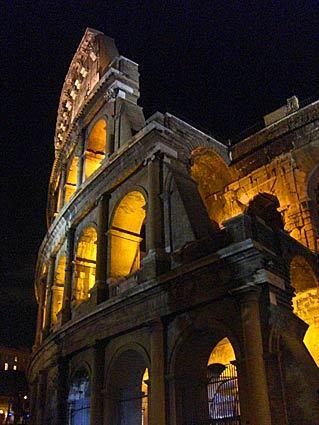
It doesn’t take an eternity to save up for a trip to the Eternal City. Many of the city’s top sights and attractions are free. Here are some must-see stops that won’t cost you a euro.
--Jason La
The Roman Colosseum
Though the inside is worth a look (a 12-euro ticket, roughly $15, gets you access to the inside plus entrance to the nearby Palatine Hill and the Roman Forum), the grandeur of the Colosseum is best seen from the outside.
Nightime is my favorite, when the lighting gives it an elegant touch. You can walk nearly all the way around -- free of charge -- this ancient stadium where men and lions clashed. (Jason La / Los Angeles Times)
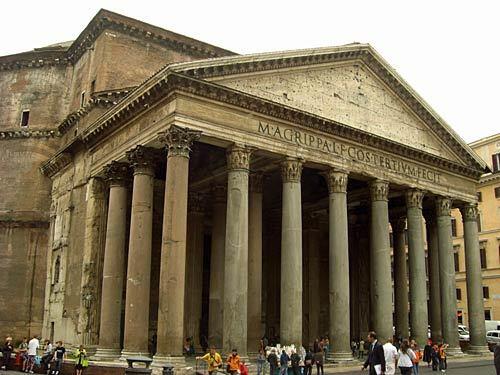
The Pantheon
One of the best-preserved buildings from ancient Rome, the Pantheon was rebuilt during the second century AD during the reign of Hadrian, emperor of Rome from 117 to 138 AD. Originally a temple to the Roman gods, the Pantheon is now used as a Christian church and is a popular tourist stop. (Jason La / Los Angeles Times)
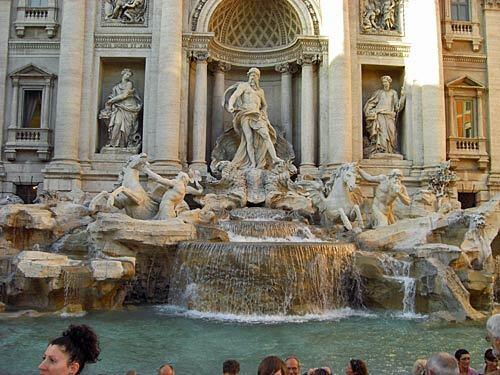
The Trevi Fountain
Featured in Federico Felini’s “La Dolce Vita,” the Trevi Fountain is one of Rome’s grandest Baroque fountains.
Tradition holds that if you throw one coin in the fountain over your shoulder, you’ll return to Rome; two coins and you’ll find romance in Rome; three coins and you’ll marry in Rome. (Jason La / Los Angeles Times)
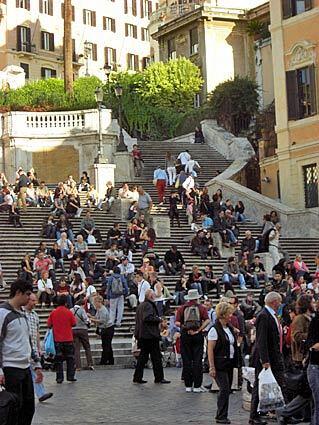
The Spanish Steps
Built to link the Spanish Embassy with the Holy See, the 138-step staircase ascends from Piazza di Spagna to Piazza Trinità dei Monti.
Today, the steps are a favorite spot for tourists to people watch and for amorous couples to kiss. (Jason La / Los Angeles Times)
Advertisement
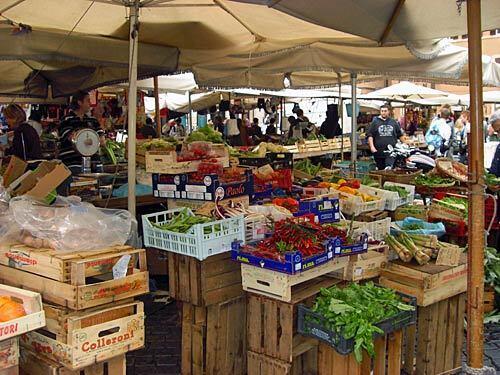
Campo de’ Fiori
One of Rome’s most picturesque piazzas, Campo de’ Fiori is lined with restaurants and shops. Mondays through Saturdays, it features a farmers market open from early morning to mid-afternoon. (Jason La / Los Angeles Times)
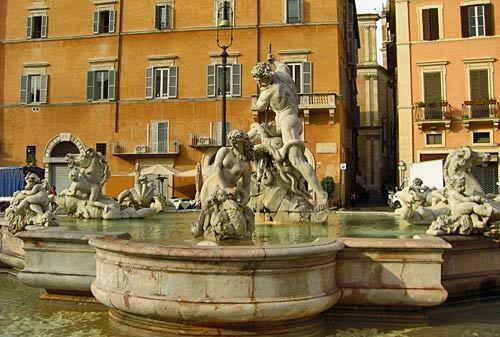
Piazza Navona
One of the largest squares in Rome, Piazza Navona is a prime spot for people watching. Flocks of tourists flow through the piazza each day to take in the shops and restaurants.
At its center is Gian Lorenzo Bernini’s Fountain of the Four Rivers, a standout among Rome’s many Baroque fountains.
Pictured: The Fontana di Nettuno, or Neptune fountain, sculpted by Giacomo della Porta sits at the northern end of the piazza. (Jason La / Los Angeles Times)
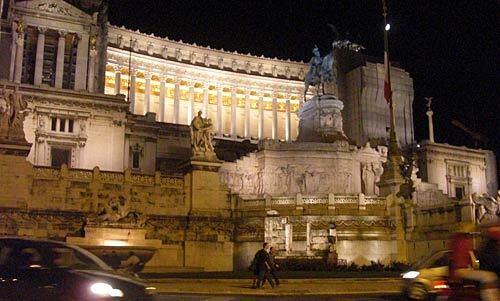
National Monument of Victor Emmanuel II
Completed in the early 1900s, the conspicuously grand building honors unified Italy’s first king, Victor Emmanuel II.
The top steps of Il Vittoriano offers a great a panoramic view of Rome. Inside is a small museum with free admission. (Jason La / Los Angeles Times)



